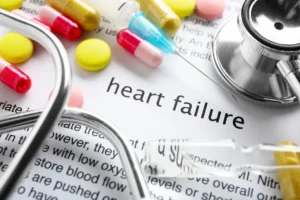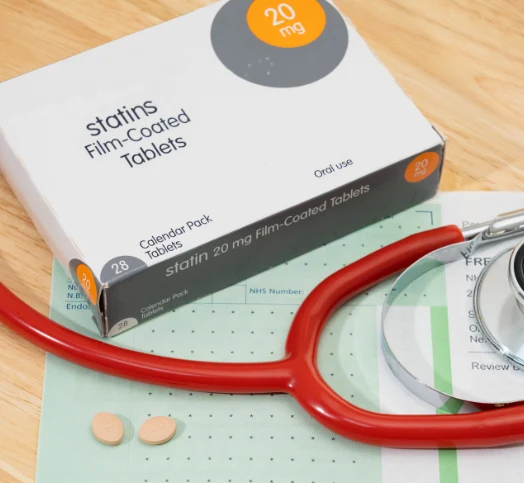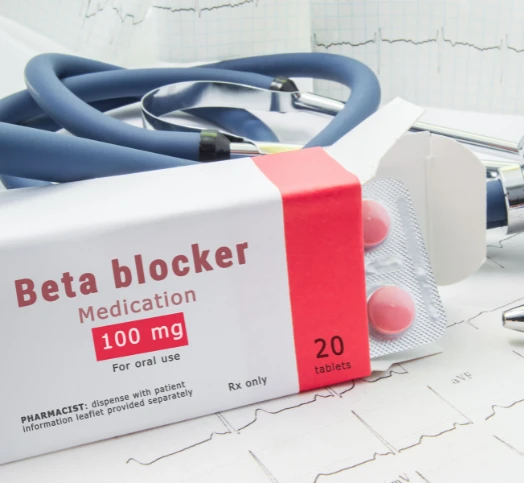It’s not often that a class of medication reshapes how we manage both heart failure and diabetes, but SGLT2 inhibitors have done exactly that. Originally developed to lower blood sugar in people with type 2 diabetes, these drugs have demonstrated remarkable benefits in individuals with heart failure, including those without diabetes.
In my clinical practice, I’ve seen how SGLT2 inhibitors can improve breathlessness, reduce fluid overload, and lead to meaningful weight loss. Their benefits go far beyond glucose control and have proven transformative for many people living with heart failure. Let’s explore these agents a little further.
What Are SGLT2 Inhibitors?
SGLT2 inhibitors (sodium-glucose co-transporter 2 inhibitors) – such as dapagliflozin, empagliflozin, and canagliflozin – work by promoting the excretion of excess glucose through the urine. In doing so, they also produce a mild diuretic effect, lower blood pressure, and support modest weight loss. But it is their impact on heart failure that has generated the most attention in recent years.
A New Standard in Heart Failure – HFrEF and HFpEF
Heart failure is generally classified into two types:
- HFrEF (heart failure with reduced ejection fraction), where the heart’s ability to pump is weakened
- HFpEF (heart failure with preserved ejection fraction), where the heart’s relaxation is impaired despite a normal pumping function
SGLT2 inhibitors are one of the few therapies shown to be effective in both types of heart failure – regardless of whether diabetes is present.

In HFrEF (Reduced Ejection Fraction):
Clinical trials such as DAPA-HF and EMPEROR-Reduced have shown that SGLT2 inhibitors:
- Reduce the risk of hospitalisation for heart failure
- Improve symptoms such as fatigue and breathlessness
- Lower the risk of cardiovascular death
These benefits were seen consistently in patients with and without diabetes.
In HFpEF (Preserved Ejection Fraction):
HFpEF has historically been challenging to treat. However, large studies like EMPEROR-Preserved and DELIVER have demonstrated that SGLT2 inhibitors:
- Reduce the risk of hospitalisation
- Improve exercise capacity and quality of life
- Provide symptomatic relief for patients regardless of diabetic status
Guidelines now recommend SGLT2 inhibitors for all patients with heart failure, not just those with diabetes.
Relieving Shortness of Breath and Fluid Retention
Shortness of breath is one of the most common and distressing symptoms of heart failure. SGLT2 inhibitors have a mild but effective diuretic-like effect, which helps the body eliminate excess fluid while maintaining electrolyte balance.
Patients often experience:
- Reduced swelling in the legs and ankles
- Less breathlessness when lying flat
- Improved energy levels and ability to perform daily activities
- Fewer hospital admissions related to fluid overload
- Unlike traditional diuretics, SGLT2 inhibitors don’t typically cause large volume shifts or potassium loss, making them easier to tolerate.
Additional Benefits Beyond the Heart
1. Weight Loss and Reduced Appetite
Most people taking SGLT2 inhibitors experience a modest but sustained weight loss – typically between 2 and 4 kilograms. Many also report a natural reduction in appetite, which supports longer-term lifestyle changes and improved metabolic health.
2. Kidney Protection
SGLT2 inhibitors reduce pressure within the kidneys and help slow the progression of chronic kidney disease (CKD). They are now considered part of standard treatment for individuals with CKD, whether or not they have diabetes.
3. Lowering Blood Pressure
By encouraging sodium and water excretion, SGLT2 inhibitors contribute to a modest reduction in blood pressure – without significantly affecting heart rate or causing low blood pressure in most people.
Transformative in Clinical Practice
In day-to-day care, the impact of SGLT2 inhibitors can be dramatic. Many patients notice improvements in symptoms within weeks:
- Easier breathing
- Better exercise tolerance
- Fewer admissions to hospital
- Enhanced overall wellbeing
- In my experience, SGLT2 inhibitors have changed the trajectory of care for many individuals with heart failure. They are not only well tolerated, but often life-enhancing.
Who Should Consider an SGLT2 Inhibitor?
SGLT2 inhibitors are now recommended for:
- Individuals with heart failure (HFrEF or HFpEF)
- People with type 2 diabetes and cardiovascular disease
- Those with chronic kidney disease, including people with proteinuria (loss of protein from the kidneys into the urine)
These medications are generally well tolerated, though potential side effects include urinary tract infections and, in rare cases, diabetic ketoacidosis (mainly in insulin-dependent diabetes). Your doctor will consider these factors when prescribing.
Conclusion
SGLT2 inhibitors have moved beyond their origins in diabetes management to become essential tools in the treatment of heart failure. For people with HFrEF or HFpEF, and those living with chronic kidney disease or type 2 diabetes, these medications offer significant clinical benefits and symptom relief. Their ability to reduce hospitalisations, relieve breathlessness, promote weight loss, and improve quality of life makes them a cornerstone of modern cardiovascular care.










